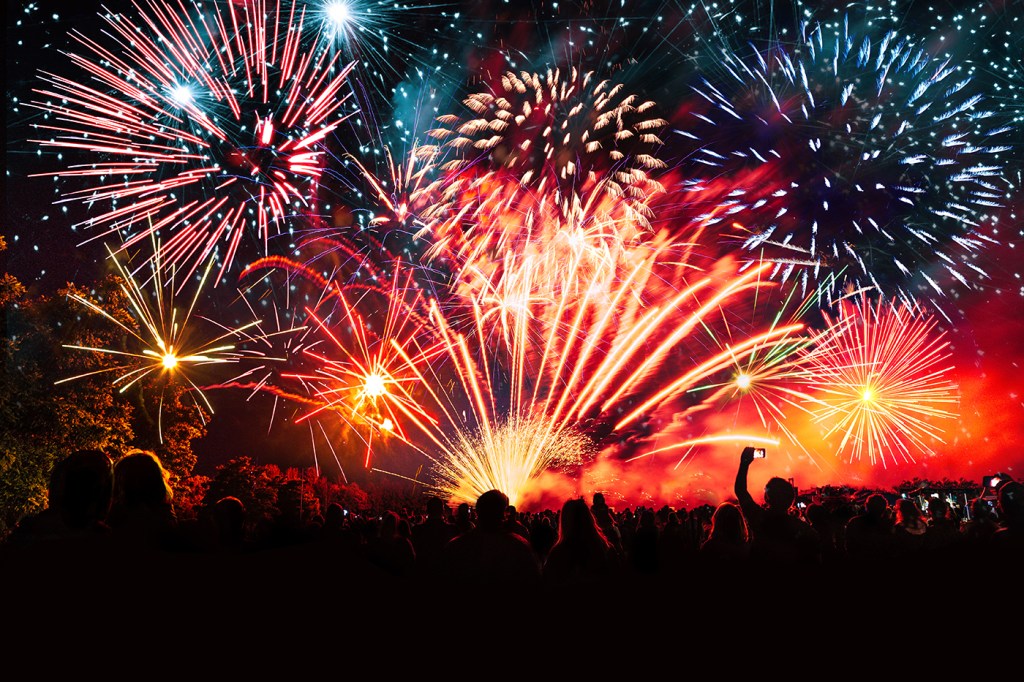The science behind fireworks


Whether you’ll be watching fireworks along Boston’s Esplanade or somewhere else this Fourth of July, you won’t be the only one relaxing this holiday.
That’s because fireworks, explained Michael Pollastri, associate professor and chair of the chemistry department, get their color from a process in which metal salts are heated, then relax. And some of these salts are more particular than others.
Can you explain the chemical reaction that makes fireworks explode?
An explosion is more or less a very fast and intense burning event. In order to accomplish that, metal salts are mixed with chemicals (oxidizing agents) that cause a very rapid oxidation reaction to occur. This reaction is very fast and exothermic, which means it gives off energy as heat—and anytime you have a very fast and hot reaction, you get an explosion. This launches the fireworks into the sky and the heat from this explosion is what provides the energy to create the colors.
Why don’t they just explode on the ground where they’re lit? What propels them into the air?
Fireworks are like little rockets. They are indeed exploding, but in a controlled way that directs the explosion in a specific direction—down—so the firework shells go up.
What determines the color of the firework?
The color is determined by the metal salts that are present in it. The heat that these metal salts experience excites the metal atoms to a higher energy state, and when the atoms relax back to their more stable “ground” state, they emit colors. The wavelength (or color) of light that’s emitted when these atoms relax are characteristic of specific atoms: strontium glows red, sodium burns orange, copper burns green, etc. Other colors can be made by mixing these metal salts in the fireworks, which is called “painting” in the fireworks trade.
Are certain colors easier or harder to create?
Blue fireworks are particularly difficult to create, because the copper salt needs a very precise temperature to be excited to the energy state that emits blue light. If it burns too hot or too cool, the color gets washed out to a lighter blue hue.




